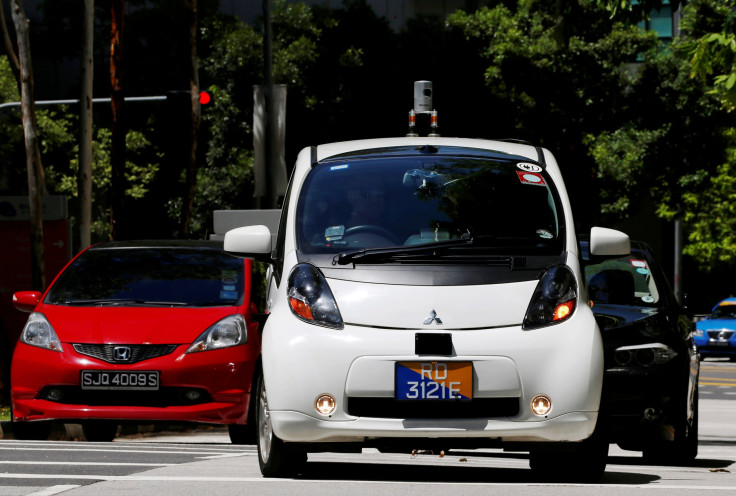Self-Driving Legislation Could Make Or Break Future Of The Technology

Self-driving is emerging from being a niche technology towards being a mainstream automotive technology. Many experts consider self-driving the way of the future. But with the advancement in driving, it also brings out complexities.
All traffic laws and legislation related to driving have been enacted with regards to humans behind the wheel. The prospect of cars being autonomously driven based on automotive technology may throw out a lot we know and think about driving.
It raises questions legislators are yet to find answers for. For starters, if self-driven cars are involved in an accident, who is held responsible? A human driver wasn’t in control of the vehicle and the manufacturer cannot be indefinitely liable for every vehicle it ever made.
Read: Are Self-Driving Cars Safe? One In Four Cars On U.S. Roads In 2035 Will Be Self-Driven, Study Says
While we might be way behind the curve, when it comes to making the technology a part of our everyday life, legislation is finally catching up. According to the National Conference of State Legislatures, 33 states in the U.S. have introduced self-driving legislation, including 20 just in 2016.
Governors in Arizona and Massachusetts have woken up to the task and even passed executive orders on self-driven vehicles.
In September 2016, the National Highway and Transportation Safety Administration issued a new policy for self-driving which covered a number of aspects including guidelines for vehicles, state policy, current tools and new tools required to regulate self-driving.
Yet, this is just the beginning. In terms of self-driving legislation, a recent development might be the one to pave the way to the future.
The senate began debating self-driving in February with Senators John Thune and Gary Peters announcing they would be working with the Transportation Committee to draft a self-driving bill.
Their proposals include:
Updating existing vehicle standards: New standards will have to be formed keeping in mind there may be no driver behind the wheel. The law could actually allow cars to remove pedals or even the steering wheel itself.
Differentiation between semi and fully autonomous vehicles: This was the leading cause of Uber’s fallout with the California DMV. The company could not accept autonomy as defined by the DMV.
Universal standards for self-driven cars: The legislation will have to be stringent and would require standards such as a mandatory minimum number of LiDAR (Light Detection and Ranging) sensors on cars.
The bill might make it possible to test fully self-driven cars on public roads. But, it will also have to take into account that different states might pass different self-driving laws, which might pose a new challenge altogether for both the vehicle manufacturers as well as authorities.
Read: Apple, Tesla Write Letter To Persuade California State To Change Proposed Self-Driving Rules
California became the first state to propose self-driving regulations in April. The state has been getting flak on account of its regulations being too strict and requiring a driver to be present in a self-driving car at all times.
We might have just scratched the surface when it comes to self-driving legislation, yet it turns out we are slowly making progress and there is a possibility of self-driving cars going mainstream by as early as 2020.
Legislation could make or break the future of self-driving. In any event, it will certainly be determining it.
© Copyright IBTimes 2024. All rights reserved.





















